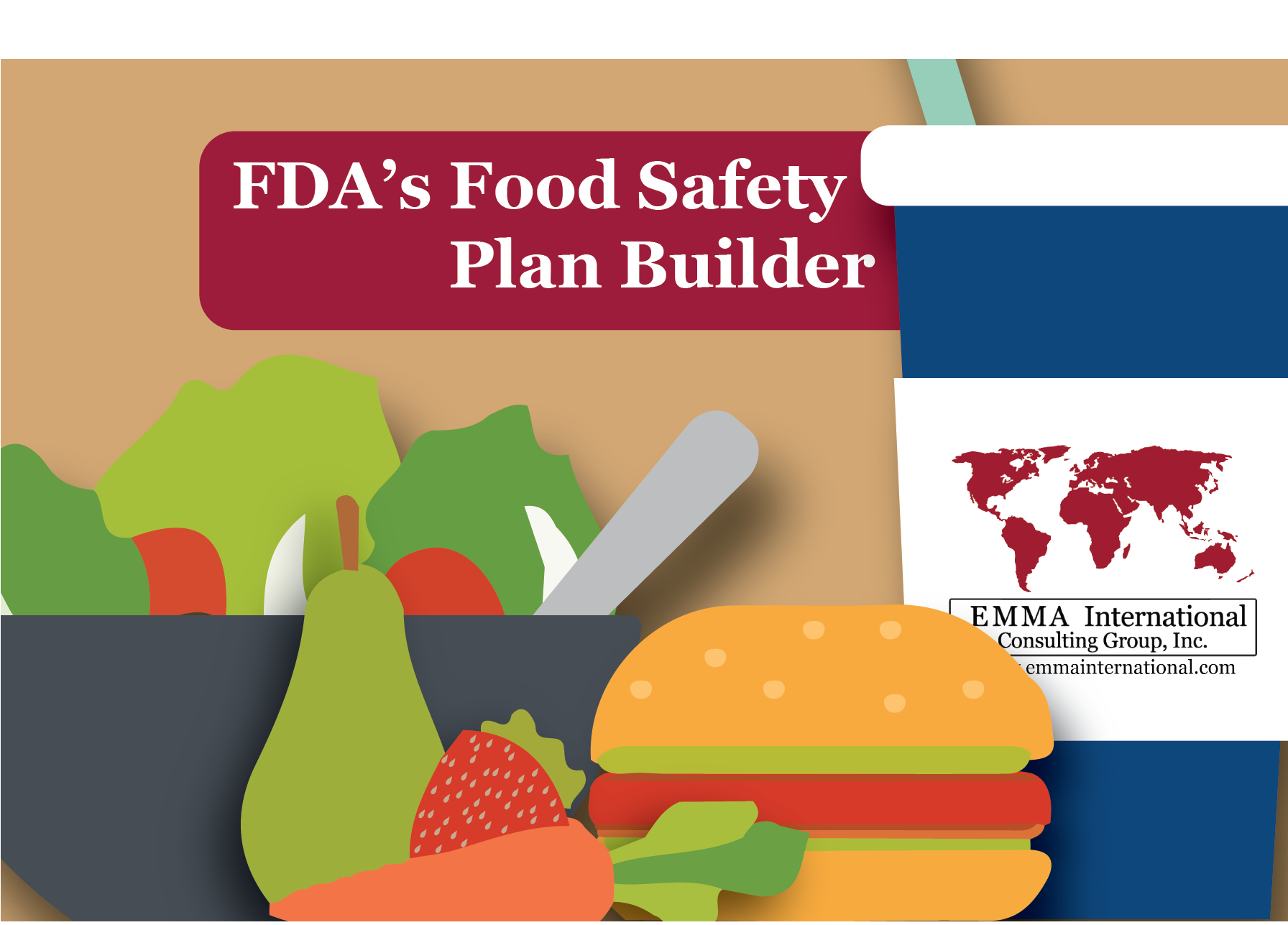The Food Safety and Modernization Act (FSMA) was signed into law in 2011, with compliance dates for some businesses beginning in 2016. However, because of the extent of reform, FDA is still working on providing guidance documents and tools that FSMA requires for implementation. FSMA focuses on the use of effective preventative strategies to ensure food safety. To achieve this, the rule establishes requirements for: a written food safety plan, hazard analysis, preventive controls, monitoring, corrective actions and corrections, verification, supply-chain program, recall plan, and associated records.
The Food Safety Plan Builder (FSPB) is a tool developed by the FDA to assist owners/operators of food facilities to develop food safety plans. The tool is designed to build food safety plans that meet the requirements of Current Good Manufacturing Practice, Hazard Analysis, and Risk-Based Preventive Controls for Human Food regulation (21 CFR Part 117). The desktop Windows application guides the user through the following sections:
- Facility Information
- Preliminary Steps
- Description of final product, distribution, intended use, role of facility
- Develop process flow diagrams and description of processes
- Good Manufacturing Practices (GMP) & Prerequisite Programs
- Hazard Analysis & Preventive Controls Determination
- Process Preventive Controls
- Food Allergen Preventive Controls
- Sanitation Preventive Controls
- Supply-Chain Preventive Controls
- Recall Plan
- Re-analysis of Food Safety Plan
- Food Safety Plan Report
- Signature
- Recordkeeping Procedures
- Important Contacts
- Supporting Documents
Use of this tool is entirely optional but can be helpful for very small businesses who are just starting out. In addition to the application, FDA provides a host of training videos and a User Guide for users. We encourage food facility owners/operators to look into it, if they haven’t already.
Do you need assistance in complying with FDA regulations? Please contact us at (248) 987-4497 or info@emmainternational.com.





